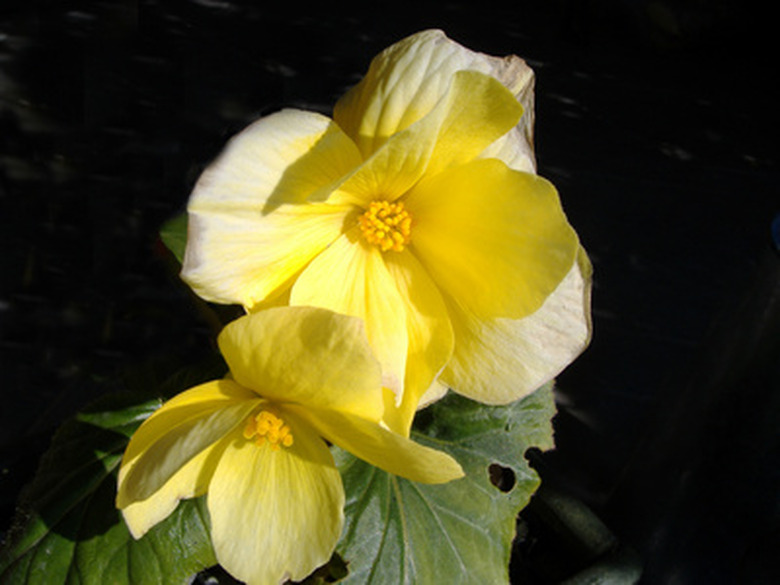How To Care For Yellow Elder Plant
The yellow elder is a popular shrub or tree grown for its outstanding flower performance. The plant produces brilliant yellow blossoms virtually nonstop from spring to fall. The flowers are trumpet-shaped in appearance and grow in large clusters. Each flower produces a stringlike pod of seeds. The plant is considered an evergreen in tropical or subtropical climates with lacy green foliage. If a heavy frost kills the tree or shrub off it will quickly regrow providing the freeze is not ongoing. Yellow elder suffers from no known pests and is exceptionally drought tolerant. In areas of extreme winter cold yellow elder is grown as an annual plant.
- The yellow elder is a popular shrub or tree grown for its outstanding flower performance.
- In areas of extreme winter cold yellow elder is grown as an annual plant.
Step 1
Plant yellow elder in an area that offers full sunlight. The plant is exceptionally tolerant of virtually any soil. It can thrive in sand or lime rock. However, the soil must be well-drained because the plant does not tolerate wet roots for any extended period of time.
Step 2
Sow seeds in the spring directly into the soil. Plant seeds 1/2-inch deep in the soil and water regularly. Space yellow elder seeds several feet apart to allow enough room for ample growth. Seedlings can also be successfully transplanted to new areas with ease. Seedlings will successfully begin to bloom when the plants are approximately two years old. Plants can be grown in containers on a patio or porch. Yellow elder can also be fashioned into an espalier.
- Plant yellow elder in an area that offers full sunlight.
- However, the soil must be well-drained because the plant does not tolerate wet roots for any extended period of time.
Step 3
Mulch around yellow elder to help keep weed growth back and aid soil in retaining moisture. Use peat moss, bark chips, recycled plastic mulch or pine needles.
Step 4
Water the yellow elder during times of drought. In tropical and most subtropical regions the plant can successfuly be grown only on annual rainfall with no supplemental watering.
Step 5
Fertilize the yellow elder in March and June using a general 12-12-12 all-purpose plant fertilizing. Apply according to instructions on the label.
Step 6
Prune the yellow elder in March to maintain size. If the tree is grown as a single trunk tree continue to remove free growing branches that might sprout from the trunk or the base of the plant. Simply clip back at the base or trunk. To maintain height, clip the tips of the branches to the desired height. Remove any dead wood.
- Mulch around yellow elder to help keep weed growth back and aid soil in retaining moisture.
- Water the yellow elder during times of drought.
Tip
Yellow elder is the official plant of the U.S. Virgin Islands. Yellow elder is a popular herbal medicinal plant and is commonly used to treat diabetes and digestive problems. The plant is adored by cats who often have a reaction to the leaves that is similar to catnip. It stimulates the cats olfactory senses. Yellow elder suffers from no major diseases.
Things Needed
- Mulch
- All-purpose plant fertilizer (12-12-12)
- Pruning shears
